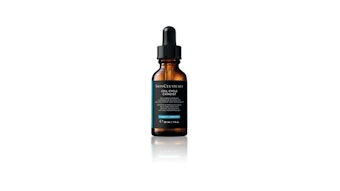
Data presented at the 29th EADV Virtual Congress on October 30, 2020, showed that socks coated in zinc oxide nanoparticles (ZnO-NPs) can prevent bromodosis (foot odor) and pitted keratolysis (bacterial infection causing foot odor). Developed by the Royal Thai Airforce, the ZnO-NP-coated socks were trialed in a real-life setting by researchers at Siriraj Hospital, Mahidol University in Thailand. They found that the antibacterial efficacy of ZnO-NPs, along with its safety and compatibility with human skin, makes it the viable compound to incorporate into textiles, including socks, to prevent unpleasant foot odor.
The double-blinded, randomized, controlled trial was conducted with 148 cadets at the Thai Naval Rating School. Bromodosis and pitted keratolysis are a common complaint in military personnel, with foot lesions, including pitted keratolysis, occurring in over a third of naval cadets in Thailand (38.5%).The study demonstrated that those who wore the ZnO-NP-coated socks had significantly less foot odor compared to baseline. This was compared to the uncoated-sock group who experienced more intense foot odor with a greater negative effect on their daily life. They also found that participants with the uncoated-socks were more likely to develop pitted keratolysis compared to those with the ZnO-NP-coated-socks.
Lead author Punyawee Ongsri, MD, a naval officer and final year resident at the department of dermatology, Siriraj hospital, Mahidol University, launched the study based on his experience working with military personnel in the naval medical department. “While completing an internship as a naval officer in the medical department, I saw a high number of foot infections in military personnel. I wanted to find a way to prevent and treat these fungal and bacterial infections and associated conditions," he said. "Previous studies had demonstrated zinc oxide nanoparticles’s antibacterial properties therefore my professors Dr. Bunyaratavej, Dr. Leeyaphan and our research team wanted to test the efficacy of this new technology in a real-life setting.
The group is continuing their research with other textiles and hope to see similar efficacy treating and preventing the growth of bacterial and fungal infections.











